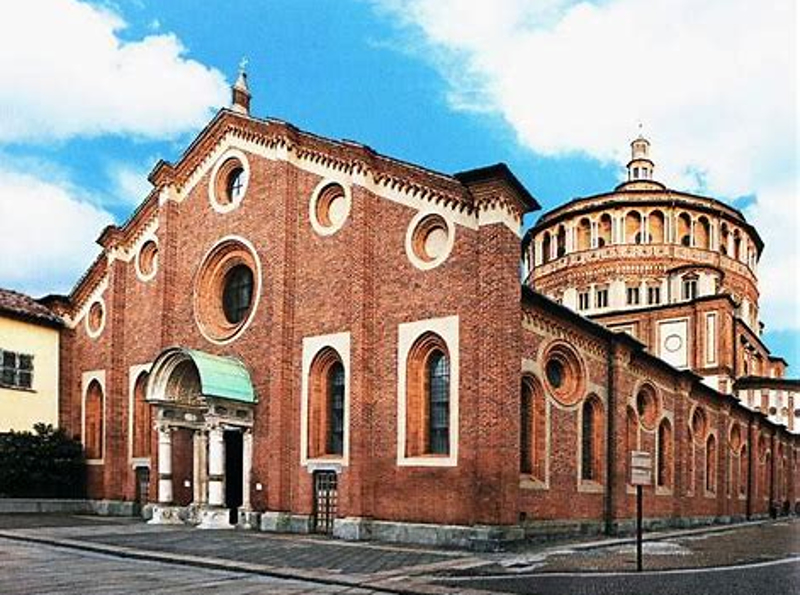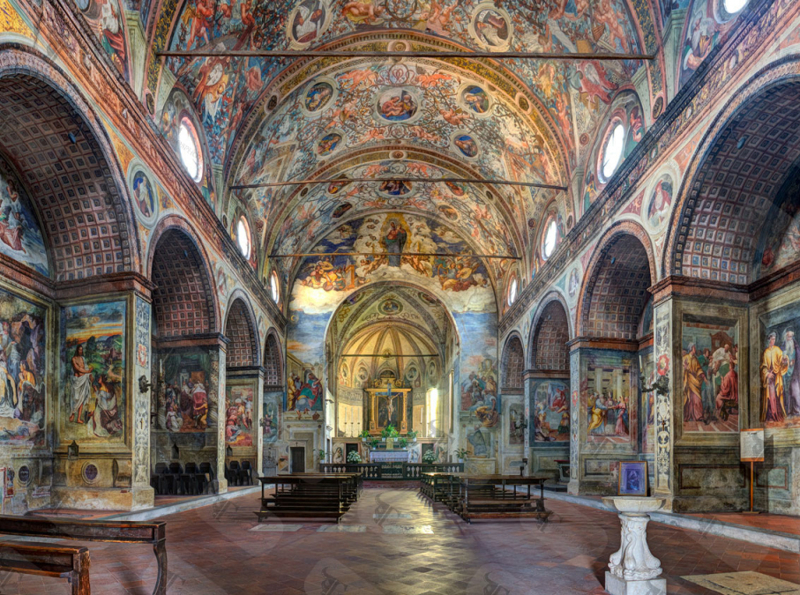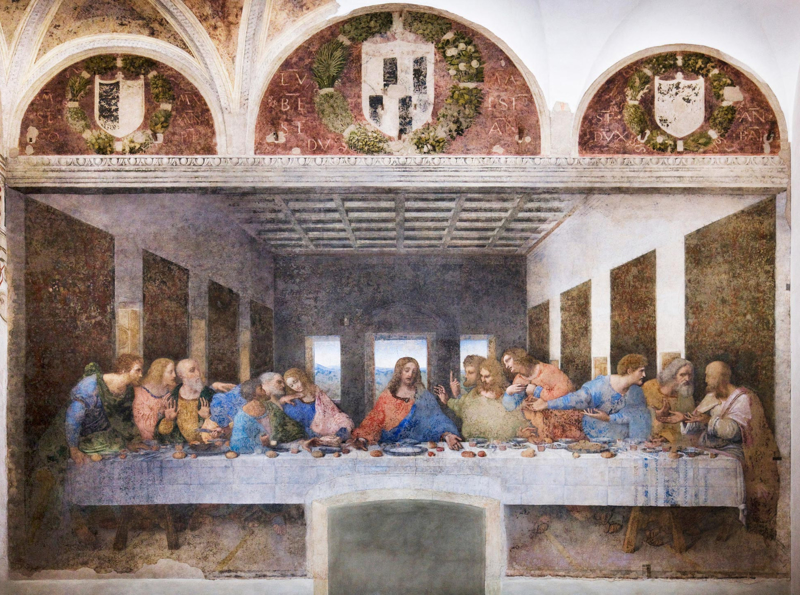Renaissance Art
The Santa Maria delle Grazie is an Italian Church built between 1463 and 1482 that resides in the heart of Milan. It was constructed in two parts, first being the monastery completed by Guiniforte Solari in 1469, then finished construction with the church portion of the complex completed by Donato Bramante. It was primary used for religious worship and the burial of family members belonging to rich Milanese families.
The building itself is a symbol of Renaissance art due to two major reasons, the first being a combination of classic Renaissance architecture such as large semi-circular apses, a refractory, a large dome surrounded by colonnades, and a cloister. The second
Saphyn Neff
6 chapters
23 Feb 2022
The Last Supper
June 16, 1499
|
The Santa Maria delle Grazie, Milan, Northern Italy
The Santa Maria delle Grazie is an Italian Church built between 1463 and 1482 that resides in the heart of Milan. It was constructed in two parts, first being the monastery completed by Guiniforte Solari in 1469, then finished construction with the church portion of the complex completed by Donato Bramante. It was primary used for religious worship and the burial of family members belonging to rich Milanese families.
The building itself is a symbol of Renaissance art due to two major reasons, the first being a combination of classic Renaissance architecture such as large semi-circular apses, a refractory, a large dome surrounded by colonnades, and a cloister. The second

component to this church’s legacy is Leonardo da Vinci’s Last Supper. Religion was one of the greatest cultural components of the Renaissance and the use of artistic expression in relation to religion is evidence of art’s importance during this time period. The Last Supper is one of the world’s greatest artistic masterpieces and an example of this relationship between art and religion. Located on the far end of the dining hall, this 15-foot tall, 29-foot-wide mural depicts a scene of successive moments between Jesus and his apostles before he is crucified. This work is incredibly famous because it is one of the first expressions of intense emotion and critical thought produced through art. The Renaissance was a time in which rulers and the rich would commission artists to create pieces pertaining to religious worship, and that could be used to express emotion or tell a story.
In creating this mural, Leonardo da Vinci also created “sfumato,”

an art technique in which the edges between colors are blended to create a soft transition. This technique helps to create a more emotional experience for the viewer and make the work appear more dream-like. “Most scholars would agree that Leonardo’s version, with its refined sfumato modeling and profound awareness of human behavior belongs among the highest achievements of Renaissance art.” (Polzer) Leonardo was also able to manipulate the dimensions of the figures to make it appear as if the refractory connects with the table of Jesus and his apostles, in turn making this mural more visually interesting. The Last Supper helped to integrate the appreciation of art and art itself, into the daily life of Milanese citizens as it was passed in a common place.

Share your travel adventures like this!
Create your own travel blog in one step
Share with friends and family to follow your journey
Easy set up, no technical knowledge needed and unlimited storage!